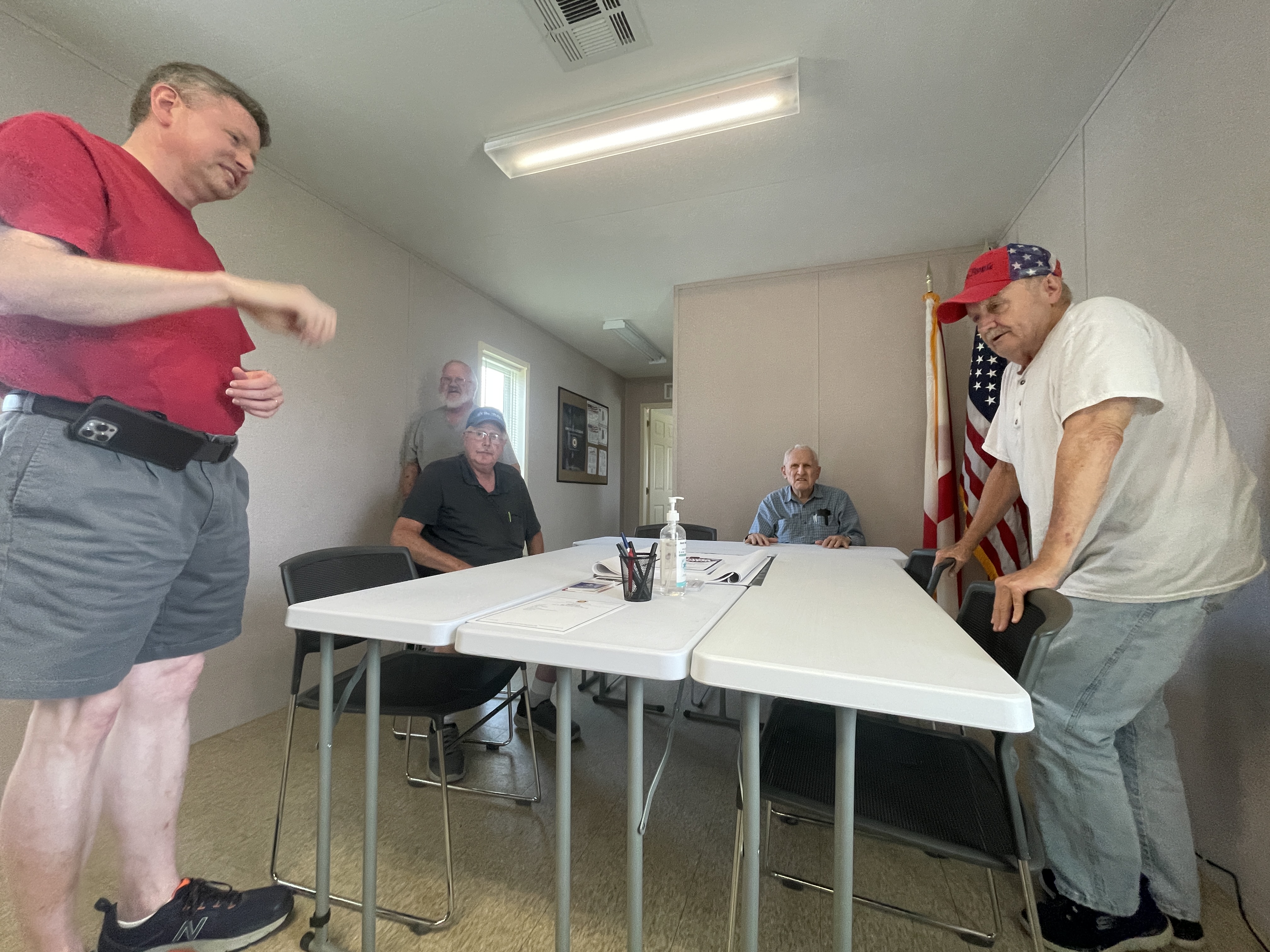Winter can pose hazards on the highway
Published 7:28 am Friday, January 6, 2012
North Jefferson has so far not experienced dangerous winter weather, at least as far as driving conditions are concerned. But as they say, if you don’t like the weather in Alabama, stick around for a while.
Alabamians are typically not experienced with driving in snow or ice. The AAA offers some tips to help drivers be prepared and safe in the event of dangerous winter conditions.
Because more crashes involving property damage occur during the winter months than at any other time, AAA encourages motorists to prepare for adverse cold weather driving conditions with three main steps — prepare your vehicle, plan your journey in advance and be cautious while on the road.
Prepare your vehicle
First, make sure your vehicle is prepared for winter driving. AAA offers the following tips for motorists departing on winter road trips:
• Have the battery and charging system tested. A fully charged battery in good condition is required to start an engine in cold weather.
• Have the brakes checked to ensure they work properly and apply smoothly, which helps prevent the wheels from locking on slick surfaces.
• Make sure the tires are properly inflated. Under-inflated tires can be dangerous, and may suffer damage. Remember, the air pressure in your tires will decrease 1-2 psi for every 10 degree drop in outside temperature.
• Use the tire size recommended by your vehicle’s manufacturer for best snow traction. Overly wide tires tend to float on top of the snow, reducing grip.
• Make sure the engine coolant provides anti-freeze protection down to the lowest temperatures you are likely to encounter; minus 30 degrees Fahrenheit is a good guideline.
• Visibility is critical in adverse weather conditions, so replace worn windshield wipers that streak, and be sure the washer reservoir is filled with a winter solvent that will not freeze.
• Keep the gas tank at least half full at all times to minimize condensation buildup that can lead to gas line freeze-up. If the fuel in your area does not already contain alcohol, use a gas line “dryer” additive periodically to absorb moisture.
• Carry a winter driving kit for use in the event of an emergency. The kit should include a small bag of abrasive material (sand, salt, cat litter), a small snow shovel, a snow brush, traction mats, a flashlight with new batteries, window washer solvent, an ice scraper, a cloth or roll of paper towels, jumper cables, a blanket, warning devices (flares or triangles), drinking water and extra clothes.
• Program your radio for AM 530 or 1610 stations, as you may see signs referencing those frequencies for important traffic advisories.
• Carry a cellular phone and car charger. Program the phone with important numbers including a reliable roadside service provider that will be able to assist you during inclement weather if you have signed up in advance.
You can visit a local, reliable auto repair facility for assistance in preparing your vehicle for winter driving.
Plan your trip
If your plans include travel out of the local area, plan ahead by getting up-to-date, accurate maps and routing information in advance. Make sure your maps include seasonal road closures and provide routing information on main roads over secondary routes since heavily traveled roads are more likely to be cleared or treated first during storms. Y
Drive with caution
When taking to the road during winter weather, remember to drive with caution to help maintain your safety as well as that of passengers, fellow motorists and roadside workers. AAA recommends the following tips for winter driving:
• Before starting out in snowy weather, take time to remove the snow from the entire car so it doesn’t blow onto your windshield or the windshields of other drivers. Make sure your mirrors and lights are clean as well.
• Drive with your low-beam headlights illuminated.
• When the roads are icy, slow down and allow extra time to reach your destination. Even better, delay your trip, stop early for the day, or take an extended break from driving.
• With ice or snow on the roads, allow sufficient room for maintenance vehicles and plows, stay at least 15 car lengths (200 feet) back and, if you need to pass, go to the other vehicle’s left.
• Watch for icy surfaces on bridges, even when the rest of the road seems to be in good condition.
• If you get stuck in snow, straighten the wheel and accelerate slowly. Add sand or cat litter under the drive wheels to help avoid spinning the tires.
• If your tires lose traction, continue to look and steer in the direction you want to go. If the drive wheels start to spin or slide while going up a hill, ease off the accelerator slightly and then gently resume speed.
• Look farther ahead in traffic. Actions by other drivers will alert you to problems and give you extra seconds to react.
• When changing lanes, avoid cutting in front of trucks, which need more time and distance than passenger vehicles to stop.
• Never use cruise control in precipitation and freezing temperatures.
• Remember that four-wheel drive helps you to get going quicker, but it won’t help you stop any faster.
• Apply constant, firm pressure to the pedal with anti-lock brakes.
Visit AAA.com for safe driving tips all year long.





